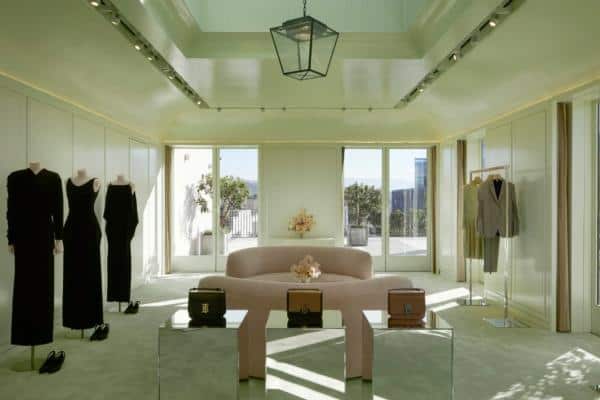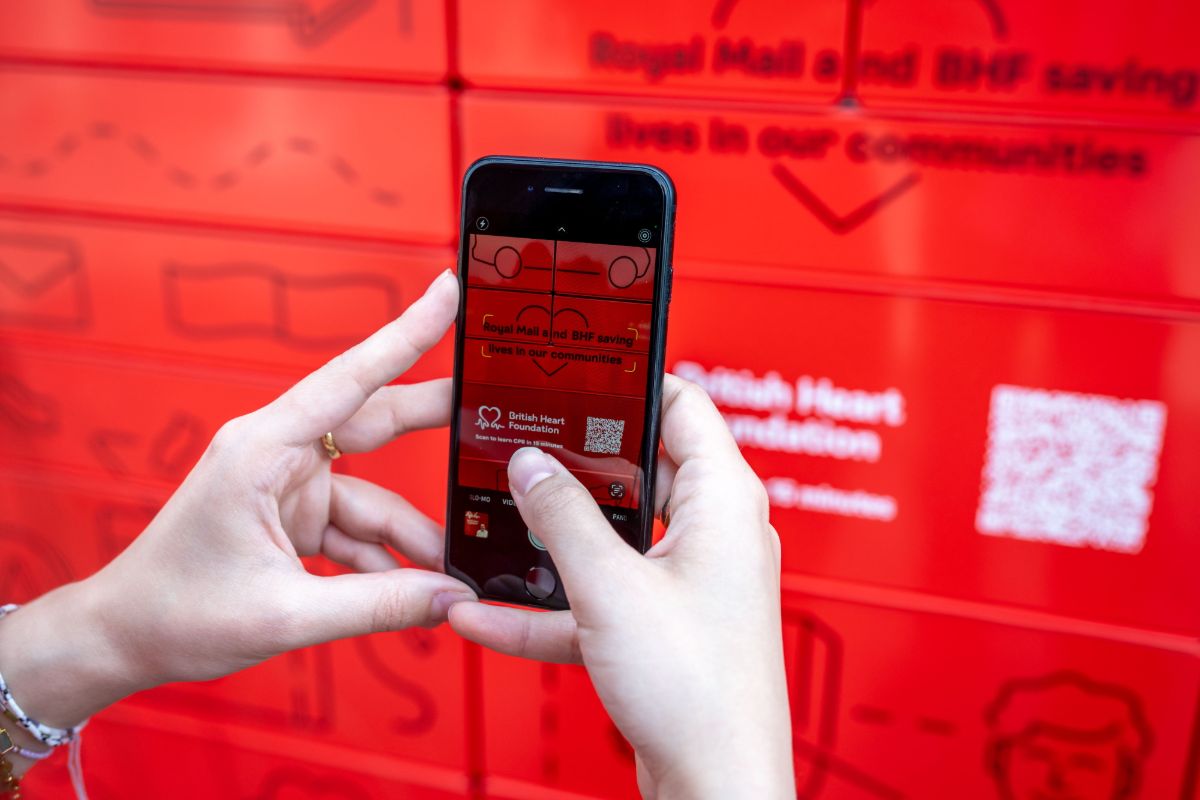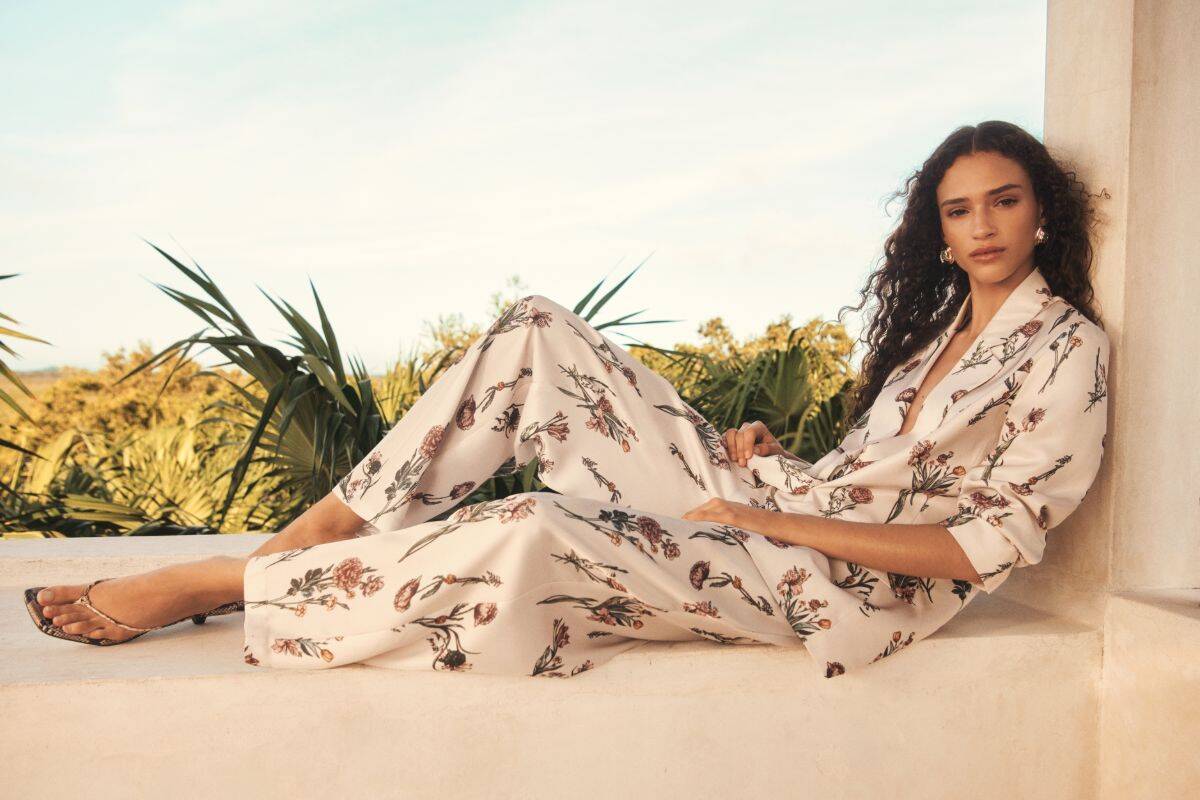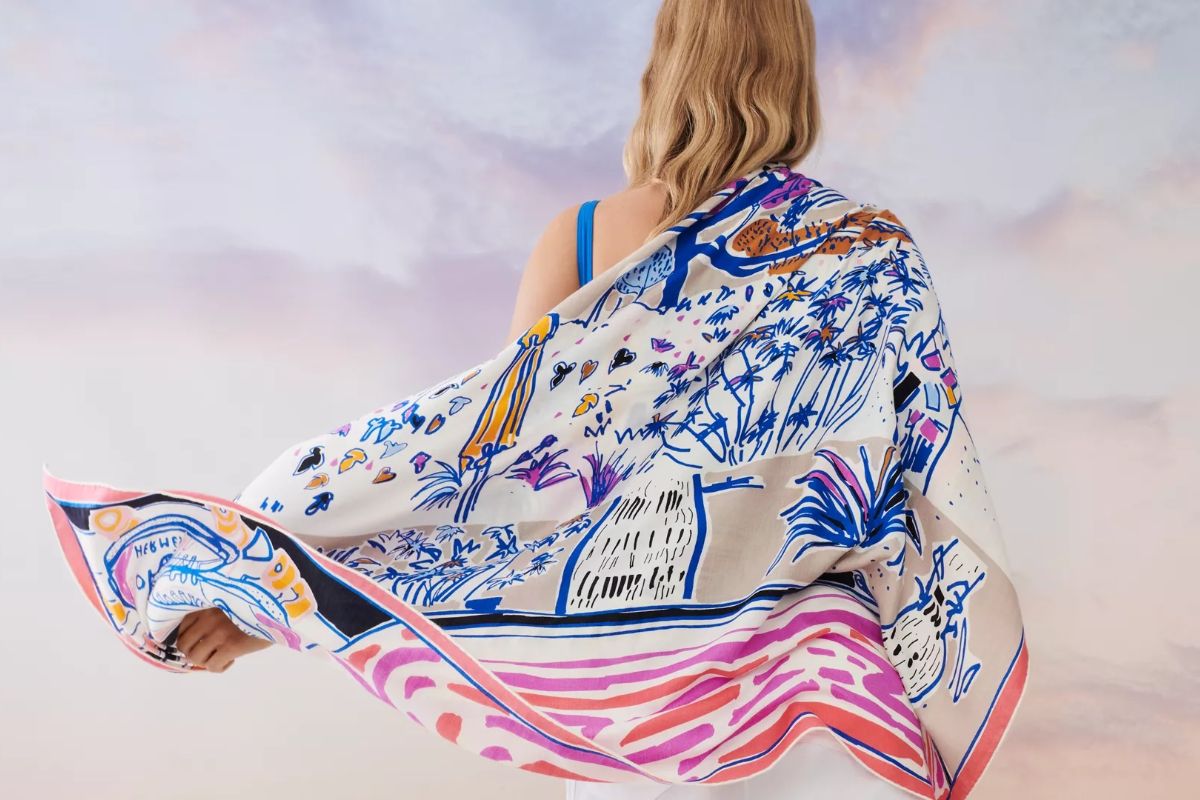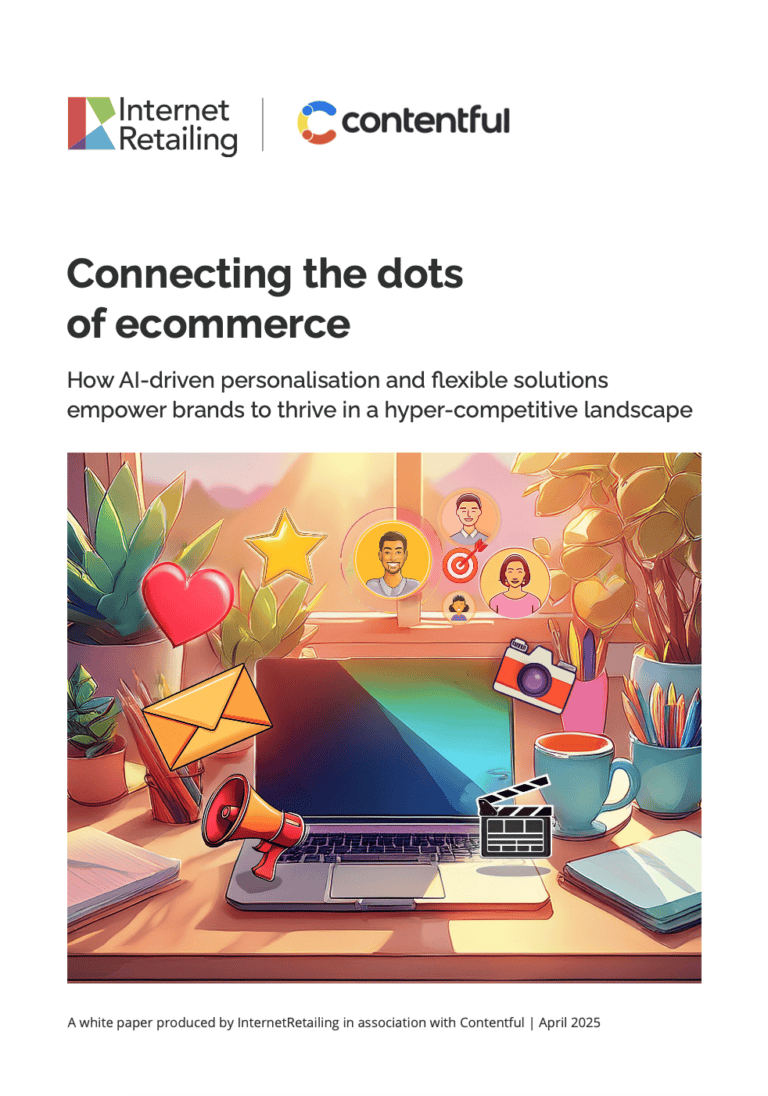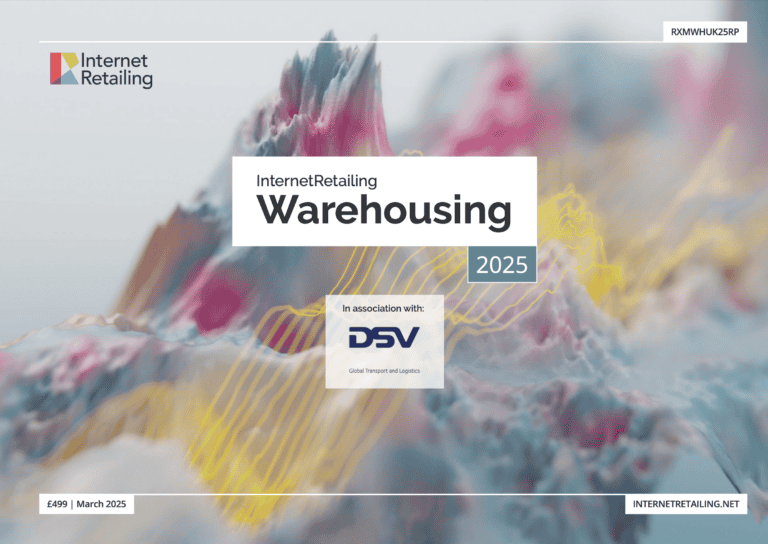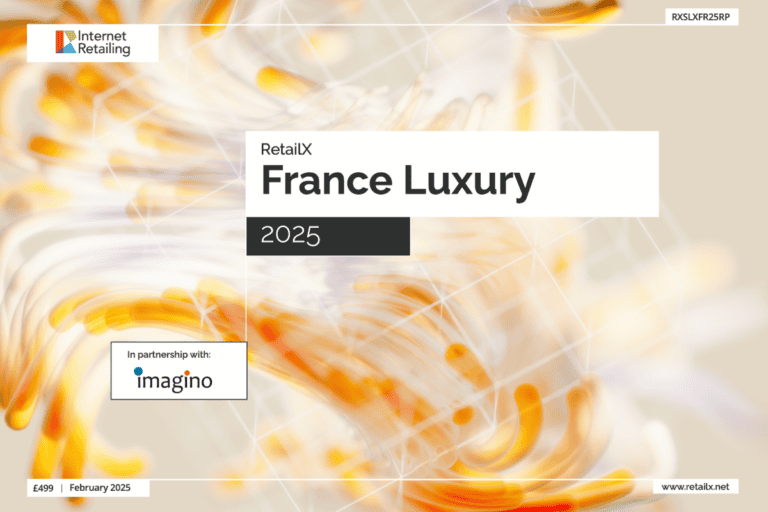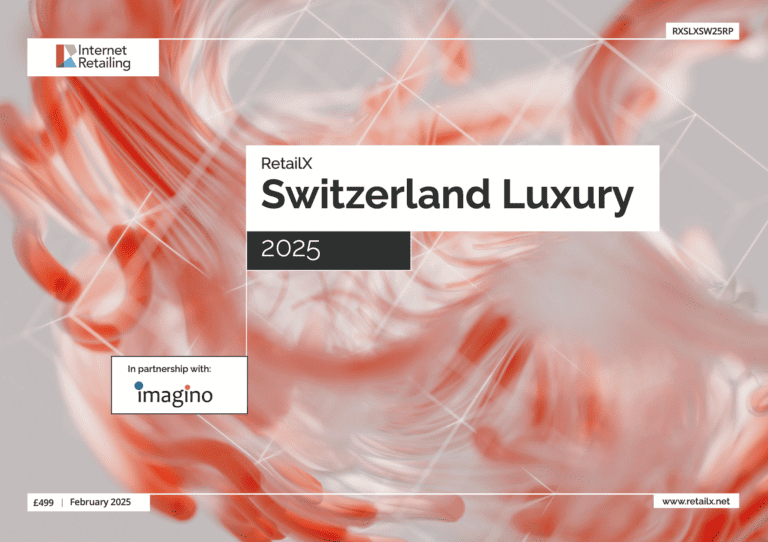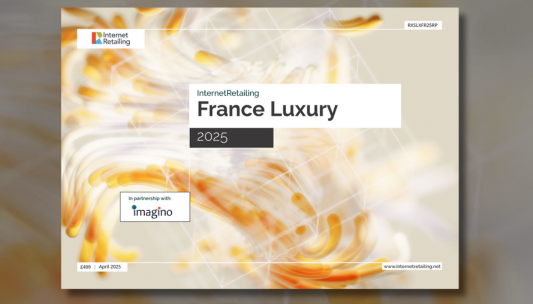Burberry today reported fast digital growth and social engagement as it reached new, younger shoppers in Asia in the first quarter of its financial year. Retail sales grew by 86% compared to the previous year.
Burberry today reported retail sales of £479m in a trading update for the first quarter of its financial year, to June 26 – 86% higher than a year earlier. Like-for-like sales were 90% up from last year, with full-price sales up by 121%. Sales growth came as new and younger shoppers bought from it in markets including mainland China (+55%) and Korea (+90%+), and as Burberry moved away from discounting both online and offline.
Digital sales more than doubled in the quarter compared to two years ago, before the pandemic. The retailer says it continues to innovate through digital, for example now working with Mythical Games to launch its TB monogram collection through a limited edition digital vinyl toy for the Blankos Block Party game. In the first quarter it launched a handbag hub on its website – and also launched a dedicated handbag-focused campaign around its new Olympia model. The campaign, featuring Kendall Jenner, FKA twigs and Shygirl, saw strong social media engagement, with reach (+96%) and engagement (+58%) both up compared to its Pocket campaign on Instagram. Its mens spring/summer 22 campaign also saw double-digital growth in consumer reach compared to the same event a year earlier.
In the first quarter of the year, the retailer opened its first flagship store featuring its new global design concept in London’s Sloane Street. Three more flagships are to follow in the next year, while the new concept has also been rolled out to seven of its Asian stores. Sales were strong in its core strategic categories, with full-price leather and outerwear sales more than double the previous year, while shoe sales ran at three times the year before despite an average of 11% of stores being closed in the period. Some 35% of its stores are still operating on reduced hours and business in Europe, while in Asia sales are “still heavily impacted by the significant decline of international tourist traffic.” The retailer used pop-up stores and activations to highlight its leather goods.
Marco Gobbetti, chief executive of Burberry, says: “We have made an excellent start to the new fiscal year. Full-price sales accelerated as our collections and campaigns attracted new, younger luxury customers to the brand. We saw strong growth across our strategic categories, in particular leather goods and outerwear, and exited markdowns in digital and mainline stores. We continued to roll out our new store concept that will transform how customers experience our brand and product in a uniquely British luxury setting. Despite the continuing challenging external environment, we are very pleased with the progress against our strategy. With the company firmly set on a path of growth and acceleration, we are confident of achieving our medium-term goals”
Climate ambitions
Burberry has now pledged to become climate positive by 2040 – which it says will mean “going beyond net zero to set a new industry standard”. That means reducing emissions across its extended supply chain by 46% in 2030, 10 years ahead of the 1.5° pathway set out in the Paris Agreement. It also includes investing in programmes to protect and restore natural ecosystems by removing carbon from the atmosphere and projects to help communities that are the most vulnerable to climate change to adapt.
